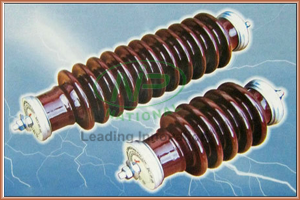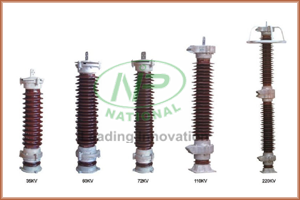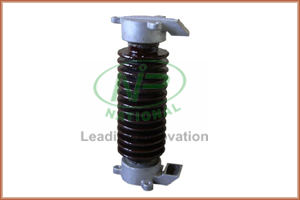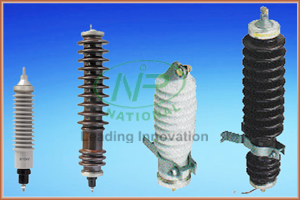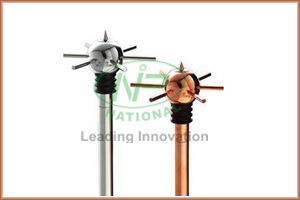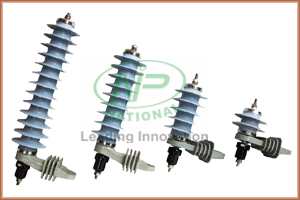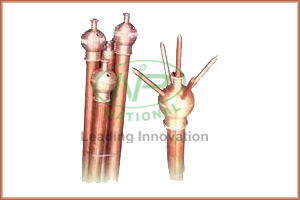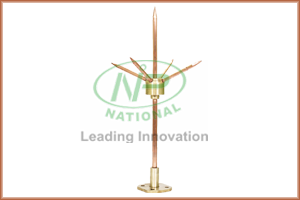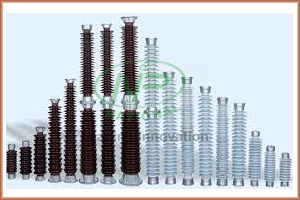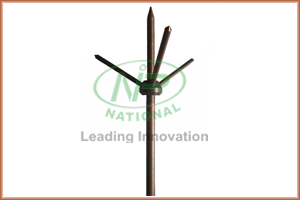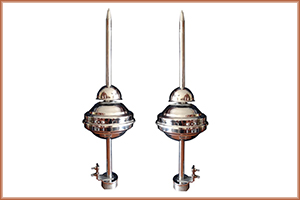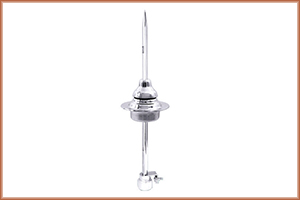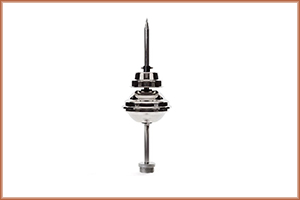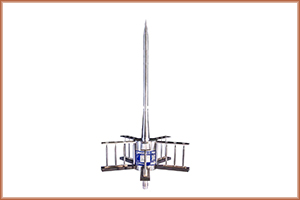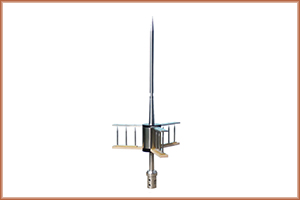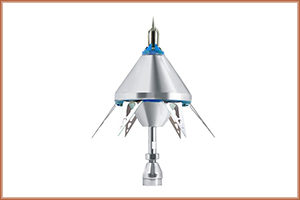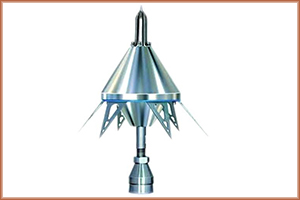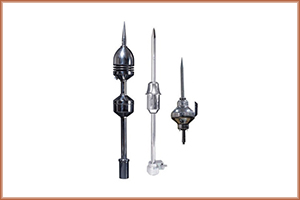
Lightning arresters are installed on many different pieces of equipment such as power poles and towers, power transformers, circuit breakers, bus structures, and steel superstructures in substations In Vadodara, Surat, Vapi, Valsad, South Gujarat, India
Lightning Arrester (also known as a Surge Arrester) diverts high-voltage surges safely to the ground and prevents them from passing through to sensitive equipment, like transformers, switchgear, or electronic devices
Rod (Franklin) Type Lightning Arrester
Traditional air terminal (lightning rod).
Mounted on buildings to attract lightning and send it to the ground via a down conductor.
Metal-Oxide Varistor (MOV) Type Arrester
Used in modern power systems (distribution/transmission).
Core component: Zinc Oxide (ZnO) discs.
Non-linear resistance: low at high voltage (allows surge to pass), high at normal voltage (blocks current).
Very fast and accurate response.
Horn Gap Arrester
Two horn-shaped electrodes with an air gap.
Used in older systems.
Works by sparking across the gap during surges, then extinguishes naturally.
Valve-Type Arrester
Older type using silicon carbide and series gaps.
Replaced by MOV types in most modern systems.
ESE Lightning Arrester (Early Streamer Emission)
Used for building protection (not power systems).
Proactively emits streamers to attract lightning before natural leaders do.
Offers wide coverage.
Basic Components (for MOV-type)
Zinc Oxide Discs (main surge-absorbing element)
Housing/Enclosure (porcelain or polymer)
Grading Ring (for high voltage units)
Grounding Terminal
Pressure Relief Device (for safety during failure)
Functioning
Under normal voltage: Arrester remains non-conductive (acts as an insulator).
When a surge occurs (from lightning or switching): Arrester becomes conductive.
It provides a low-resistance path to divert surge energy to ground.
Once the surge is over: The arrester returns to its non-conductive state.
Where Are Lightning Arresters Installed
On transformers (primary and secondary sides)
On transmission and distribution lines
At substations
On buildings (for external lightning protection)
Benefits
Protects equipment from damage
Reduces downtime and maintenance costs
Ensures system reliability and safety
lightning arrester is a protective device used in electrical systems to safeguard equipment and structures from high-voltage surges caused by lightning strikes or switching operations. It works by providing a low-resistance path to ground for the excess voltage, effectively diverting the surge away from sensitive components. Under normal operating conditions, the arrester remains non-conductive, but when a surge occurs, it rapidly becomes conductive to channel the energy safely to the ground. Lightning arresters are commonly installed on power lines, transformers, substations, and buildings. Modern types, such as metal-oxide varistor (MOV) arresters, offer fast response and high reliability. Their use significantly reduces the risk of equipment damage, electrical fires, and system downtime, making them essential in both utility and industrial power systems.

